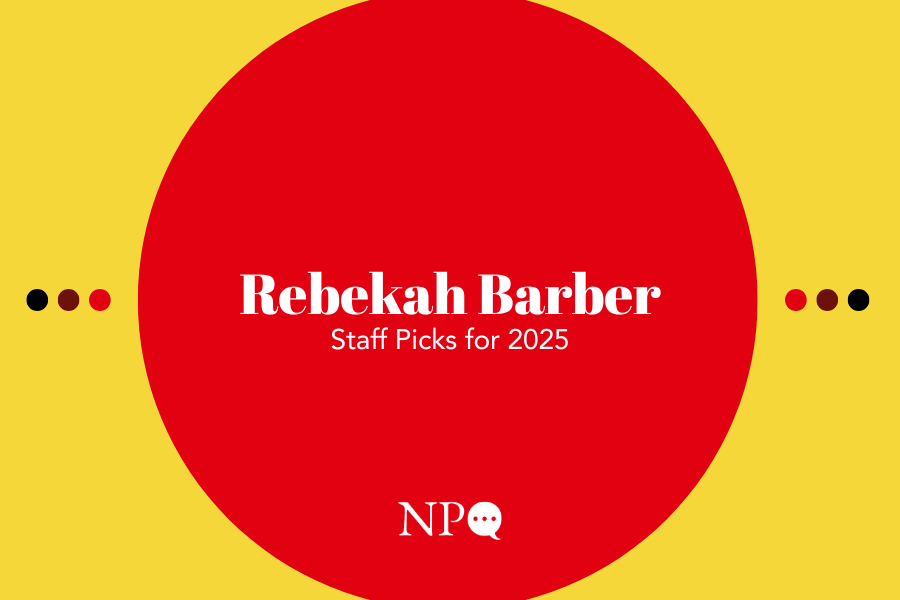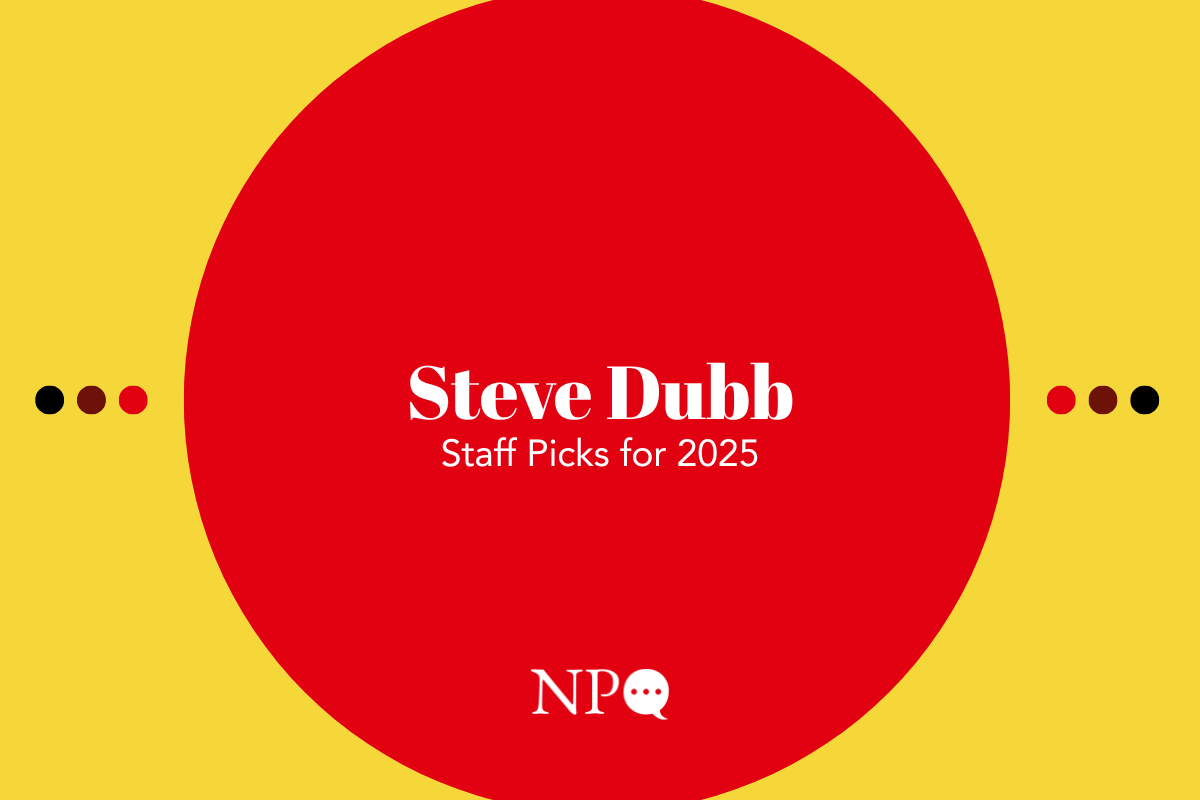October 29, 2010; Source: Publishers Weekly | Digital books are in high demand. All the new gadgets sold for reading downloadable books and the millions of digitized titles available can attest to the popularity of this new market. Many libraries have jumped on the bandwagon, and have chosen to do so in a way that’s decidedly different than other e-book distributors—they’re distributing content without restrictions.
What is DRM?
Suppliers of digital content (e-books, applications, music, documents, etc.) will frequently include restrictions on how that content is used. Instead of putting those terms in the fine print, digital rights management (DRM) encodes those restrictions as a part of the content. In other words, there’s a bit of code that limits what you can do with that content. Ever have a PDF that you couldn’t print? Ever try to burn a CD but some songs wouldn’t copy? These are examples of DRM. The supposed aim is to combat piracy, with the unfortunate result of limiting people’s use of and access to information.
Years ago, one of the big suppliers of e-books—Springer Verlag—consulted with librarians about what lending would look like in a digital context. The initial proposal looked similar to the way e-books are purchased from online stores, in that it included digital rights management controls (DRM – see the sidebar for a full explanation). “We showed them our original plans and they said, ‘Start over,’ with no DRM,” said George Scottie, Springer Verlag’s director of channel marketing. Their clients, academic and research libraries, were unconcerned with piracy—they are, after all, in the business of lending information, for free, to anybody with a library card. What need is there for piracy when it’s already free? Put another way, what need is there for DRM when the information is already freely available?
Sign up for our free newsletters
Subscribe to NPQ's newsletters to have our top stories delivered directly to your inbox.
By signing up, you agree to our privacy policy and terms of use, and to receive messages from NPQ and our partners.
Foregoing these restrictions has been rewarding to libraries—after adopting the program, downloads of e-books were up by a third, and in the two-year view, had doubled. No wonder, when this is what the process used to look like! The program also means the libraries are more popular and more engaged with their base. Plus the libraries are quicker to make their money back on their investment on e-books.
But legal questions remain about what this means for libraries. Will librarians, as the owners and providers of digital content, find themselves in the middle of copyright fights? Will other e-book publishers take issue with the anti-DRM policy adopted by Springer Verlag and their nonprofit customers? It’s an intriguing precedent that the lawyers, economists, and activists who concern themselves with copyright issues will no doubt have much to say about as librarians and patrons begin to see the benefits of being DRM free.—James David Morgan











